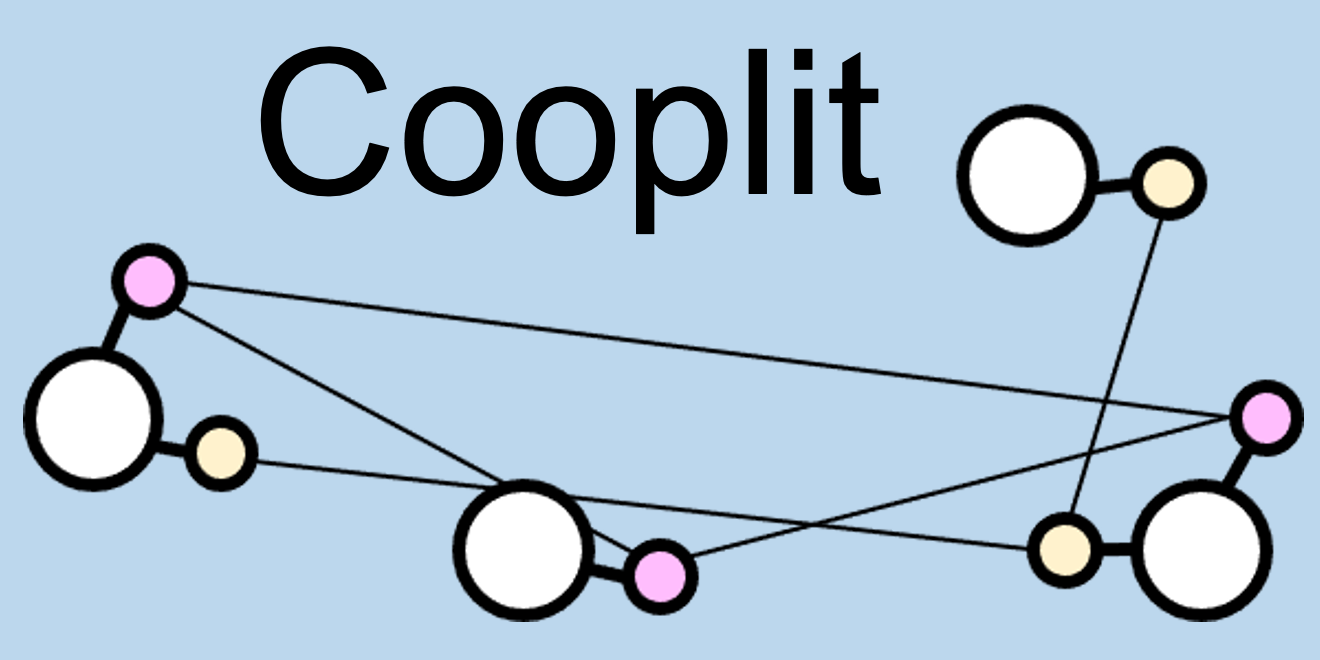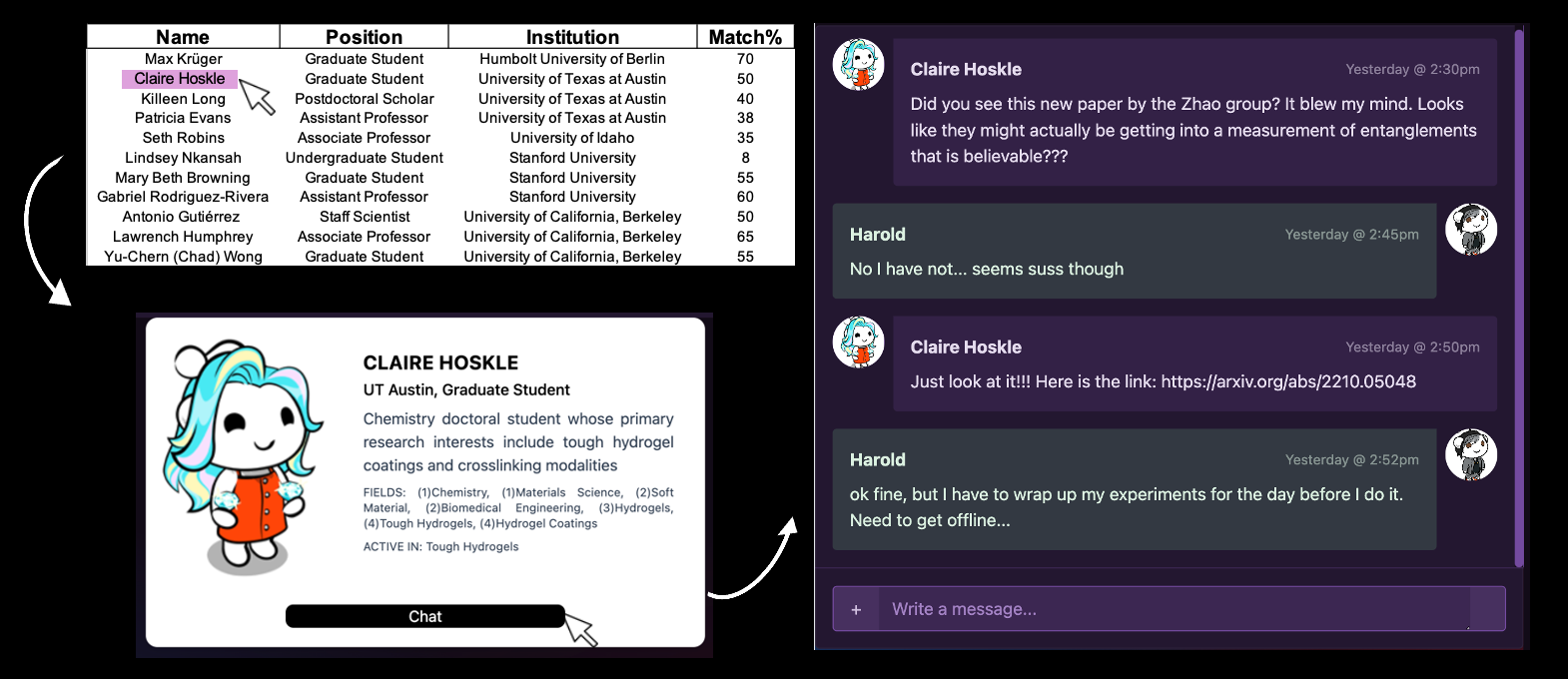
(cooperative literature)
We believe research is more fun when you can talk about it on the daily. Our goal is to enable you to use your carefully curated literature library to find other people interested in the same stuff you are.

About
Cooplit is a project made primarily by and for graduate students focused on making academia more navigable and equitable.
---
This started out as a funny idea one day while looking at the 500 papers in my Endnote library and texting a crush...


After realizing that one couldn't simply post: "please make this thing" online and have it done according to their whims, I decided to try to make it myself! Of course, with the help of others. The vision has evolved greatly from this first text as I went from a Chemistry Ph.D. student with a lot of teaching experience to a Chemistry Ph.D. student with a lot of teaching experience and one business class.
Cooplit stands for "Cooperative Literature" because the basic premise is rooted on the hypothesis that one would have a lot to say to those who had a similar body of literature in their library. Cooplit is for all the major nerds who want desperately to talk to someone (other than their professor) who understands their research at a deep level.
In order to acheive a network that enables one to find another with similar literature interests, a vision of a web of academia appeared. One where an outsider could see "who does what where" in academia by clicking on a field and seeing where in the world and who in the world is working in that area.
In this network, academics could ask and answer questions. And people from non-profits could list work they needed help on. Citizen scientists could engage in discourse with Ph.D. students, and everyone would be more interested in collaborating with their internet friends than competing with that one annoying person who has published more papers than them.
So What Is It...?
This is still being decided as the tools define what's possible, and we're still becoming aware of all the tools. Looking forward to using OpenAlex, Wikidata, OpenStreetMaps, Leaflet, VOS Viewer, and all the other useful platforms and APIs we find. However, at it's core, Cooplit contains:
1) A geographic map to show where research happens.
2) A force-directed graph to visualize existing research fields
3) Online communities for every niche subfield
Vision Statement
Our vision is informed by our hypothesis that improving connectivity in academia will increase collaboration, participation, and speed up innovation by dissipating power to more people.
Build a Tree of Life for All of Academia
Create an ever-growing, networked map of all academic subfields as a root for the who-does-what-where. This map will be navigable to the public.
Categorize Academics into Tree of Life Based on Literature Libraries
Utilizing citation information, sort academics into niche sub-sub-subfields of academia based on the contents of their preferred literature library.
Enable New Academic Experts via Network Participation
By fostering online discourse and connection-making, enable more people to get their names out through their expertise-sharing, enabling new types of the reputation-creation that is so important to academia.
Foster Non-profit Collaborations and Technology Transfer
After establishing an academic network of interested researchers within and beyond the ivory tower, enable data-seeking non-profits to post targeted requests in relevant communities to find collaborators and help institutions seeking labs ready to translate their research to more easily find students excited to work on translational start-ups.
An Emotional Appeal
(amateur web builder, amateur musician, 'tis not plug, 'tis simply a "this is good enough" way to insert audio)


